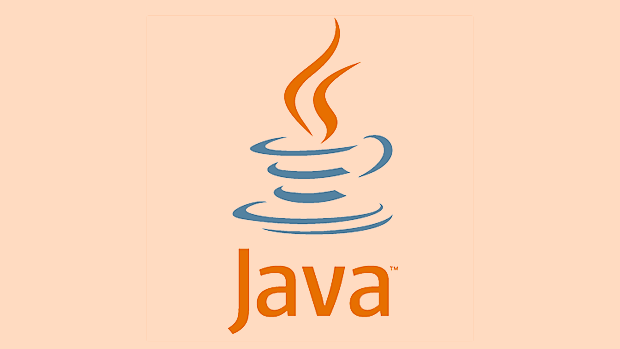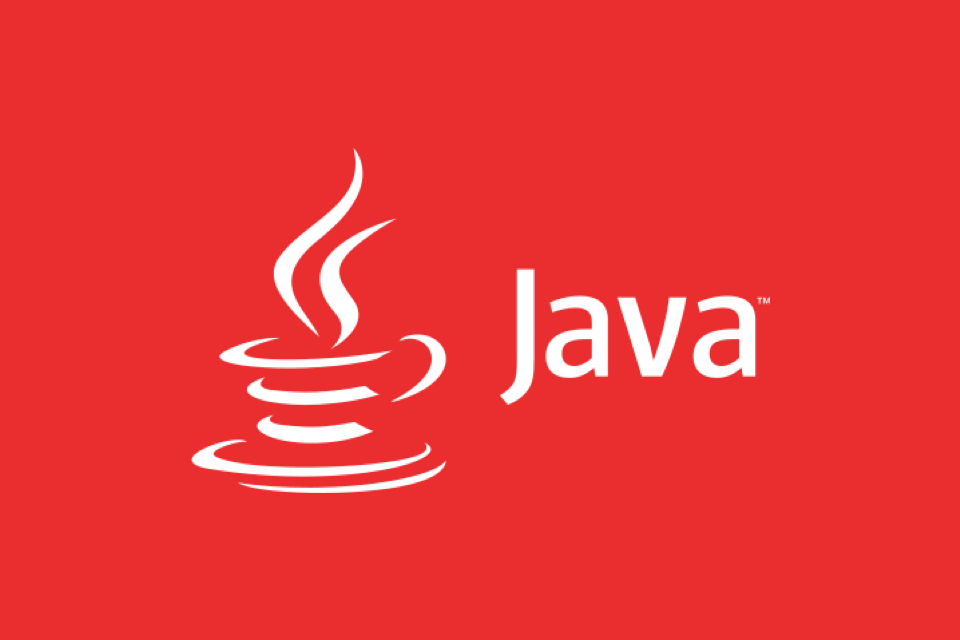GraphQL is a query language and runtime framework for APIs developed and open sourced by Facebook in 2015 to solve over-acquisition and under-acquisition problems in traditional REST APIs. It allows clients to request the required data accurately through a unified ingress. Java can be implemented through GraphQL-Java or Spring Boot Starter for GraphQL; 1. Add dependencies, 2. Define Schema, 3. Write DataFetcher, 4. Create an execution engine, 5. Provide HTTP interface; design Schema should revolve around business entities to avoid excessive nesting; optimize data loading can use DataLoader to solve N 1 problems; error handling can be thrown by exceptions and return errors fields in response; it is recommended to use GraphiQL debugging in the development stage, open fields on demand to improve security, and aggregate data as gateways in the microservice architecture.

GraphQL is a query language for APIs and a runtime framework that allows clients to request the required data accurately. It was developed and open sourced by Facebook in 2015 to solve the common over-fetching and under-fetching problems in traditional REST APIs.

If you are building a backend service using Java and want to integrate GraphQL, it is not difficult to implement. Let’s take a look at how to use Java to play GraphQL.
What is GraphQL?
Simply put, GraphQL is a type system that describes your data. You can define what data can be queried, how to query, and what structure to return. It does not rely on multiple URL endpoints to obtain different resources like REST, but instead sends query statements through a unified entrance, and the server returns accurate data based on the query content.

For example, if you want to obtain information from a user and all his orders, REST may require two interfaces, while GraphQL can handle it in just one request:
query {
user(id: "1") {
name
orders {
id
amount
}
}
}How to use GraphQL in a Java project?
The Java community has several relatively mature GraphQL implementation libraries, the most common of which are GraphQL-Java and encapsulation frameworks based on it such as Spring Boot Starter for GraphQL . Here are the basic steps:

- Add dependencies: Introduce related libraries in
pom.xmlorbuild.gradle. - Define Schema: declare your data model in
.graphqlsfile or code. - Write DataFetcher: Processing the actual data source for each field.
- Create an execution engine: bind schema and data fetcher.
- Provide HTTP interface: A POST endpoint can be exposed through Spring Web or other frameworks.
If you are using Spring Boot, you can directly use the officially supported starter, saving you a lot of manual configuration.
FAQs and Suggestions
1. How to design Schema reasonably?
Schema is the core of the entire GraphQL service. You should organize around business entities, such as User, Product, Order, etc. Try to avoid being too deep in nesting, otherwise front-end calls will become complicated.
For example, a user's schema can be written like this:
type User {
id: ID!
name: String!
email: String
orders: [Order!]!
}
type Order {
id: ID!
amount: Float!
Items: [String!]!
}2. How to optimize data loading performance?
GraphQL query can cause N1 problems, i.e. each nested query initiates a database request separately. At this time, you can use the DataLoader tool class to do batch loading to reduce network round trips.
3. How to deal with errors?
GraphQL supports including errors fields in responses. You can throw an exception in DataFetcher, or customize the exception handler to return structured error messages.
Tips
- During the development stage, it is recommended to use tools such as GraphiQL or Apollo Studio to debug your queries.
- If you have a microservice architecture, consider aggregating data from multiple services as a gateway.
- Don't open all fields from the beginning, as it is safer and easier to maintain on demand.
Basically that's it. Although the combination of GraphQL Java is not as popular as Node.js, it is very practical in enterprise-level applications and is especially suitable for projects with high type safety requirements.
The above is the detailed content of What is GraphQL and how to use it with Java?. For more information, please follow other related articles on the PHP Chinese website!

Hot AI Tools

Undress AI Tool
Undress images for free

Undresser.AI Undress
AI-powered app for creating realistic nude photos

AI Clothes Remover
Online AI tool for removing clothes from photos.

Clothoff.io
AI clothes remover

Video Face Swap
Swap faces in any video effortlessly with our completely free AI face swap tool!

Hot Article

Hot Tools

Notepad++7.3.1
Easy-to-use and free code editor

SublimeText3 Chinese version
Chinese version, very easy to use

Zend Studio 13.0.1
Powerful PHP integrated development environment

Dreamweaver CS6
Visual web development tools

SublimeText3 Mac version
God-level code editing software (SublimeText3)

Hot Topics
 Difference between HashMap and Hashtable?
Jun 24, 2025 pm 09:41 PM
Difference between HashMap and Hashtable?
Jun 24, 2025 pm 09:41 PM
The difference between HashMap and Hashtable is mainly reflected in thread safety, null value support and performance. 1. In terms of thread safety, Hashtable is thread-safe, and its methods are mostly synchronous methods, while HashMap does not perform synchronization processing, which is not thread-safe; 2. In terms of null value support, HashMap allows one null key and multiple null values, while Hashtable does not allow null keys or values, otherwise a NullPointerException will be thrown; 3. In terms of performance, HashMap is more efficient because there is no synchronization mechanism, and Hashtable has a low locking performance for each operation. It is recommended to use ConcurrentHashMap instead.
 What are static methods in interfaces?
Jun 24, 2025 pm 10:57 PM
What are static methods in interfaces?
Jun 24, 2025 pm 10:57 PM
StaticmethodsininterfaceswereintroducedinJava8toallowutilityfunctionswithintheinterfaceitself.BeforeJava8,suchfunctionsrequiredseparatehelperclasses,leadingtodisorganizedcode.Now,staticmethodsprovidethreekeybenefits:1)theyenableutilitymethodsdirectly
 How does JIT compiler optimize code?
Jun 24, 2025 pm 10:45 PM
How does JIT compiler optimize code?
Jun 24, 2025 pm 10:45 PM
The JIT compiler optimizes code through four methods: method inline, hot spot detection and compilation, type speculation and devirtualization, and redundant operation elimination. 1. Method inline reduces call overhead and inserts frequently called small methods directly into the call; 2. Hot spot detection and high-frequency code execution and centrally optimize it to save resources; 3. Type speculation collects runtime type information to achieve devirtualization calls, improving efficiency; 4. Redundant operations eliminate useless calculations and inspections based on operational data deletion, enhancing performance.
 Why do we need wrapper classes?
Jun 28, 2025 am 01:01 AM
Why do we need wrapper classes?
Jun 28, 2025 am 01:01 AM
Java uses wrapper classes because basic data types cannot directly participate in object-oriented operations, and object forms are often required in actual needs; 1. Collection classes can only store objects, such as Lists use automatic boxing to store numerical values; 2. Generics do not support basic types, and packaging classes must be used as type parameters; 3. Packaging classes can represent null values ??to distinguish unset or missing data; 4. Packaging classes provide practical methods such as string conversion to facilitate data parsing and processing, so in scenarios where these characteristics are needed, packaging classes are indispensable.
 What is an instance initializer block?
Jun 25, 2025 pm 12:21 PM
What is an instance initializer block?
Jun 25, 2025 pm 12:21 PM
Instance initialization blocks are used in Java to run initialization logic when creating objects, which are executed before the constructor. It is suitable for scenarios where multiple constructors share initialization code, complex field initialization, or anonymous class initialization scenarios. Unlike static initialization blocks, it is executed every time it is instantiated, while static initialization blocks only run once when the class is loaded.
 What is the Factory pattern?
Jun 24, 2025 pm 11:29 PM
What is the Factory pattern?
Jun 24, 2025 pm 11:29 PM
Factory mode is used to encapsulate object creation logic, making the code more flexible, easy to maintain, and loosely coupled. The core answer is: by centrally managing object creation logic, hiding implementation details, and supporting the creation of multiple related objects. The specific description is as follows: the factory mode handes object creation to a special factory class or method for processing, avoiding the use of newClass() directly; it is suitable for scenarios where multiple types of related objects are created, creation logic may change, and implementation details need to be hidden; for example, in the payment processor, Stripe, PayPal and other instances are created through factories; its implementation includes the object returned by the factory class based on input parameters, and all objects realize a common interface; common variants include simple factories, factory methods and abstract factories, which are suitable for different complexities.
 What is the `final` keyword for variables?
Jun 24, 2025 pm 07:29 PM
What is the `final` keyword for variables?
Jun 24, 2025 pm 07:29 PM
InJava,thefinalkeywordpreventsavariable’svaluefrombeingchangedafterassignment,butitsbehaviordiffersforprimitivesandobjectreferences.Forprimitivevariables,finalmakesthevalueconstant,asinfinalintMAX_SPEED=100;wherereassignmentcausesanerror.Forobjectref
 What is type casting?
Jun 24, 2025 pm 11:09 PM
What is type casting?
Jun 24, 2025 pm 11:09 PM
There are two types of conversion: implicit and explicit. 1. Implicit conversion occurs automatically, such as converting int to double; 2. Explicit conversion requires manual operation, such as using (int)myDouble. A case where type conversion is required includes processing user input, mathematical operations, or passing different types of values ??between functions. Issues that need to be noted are: turning floating-point numbers into integers will truncate the fractional part, turning large types into small types may lead to data loss, and some languages ??do not allow direct conversion of specific types. A proper understanding of language conversion rules helps avoid errors.






